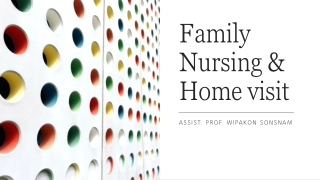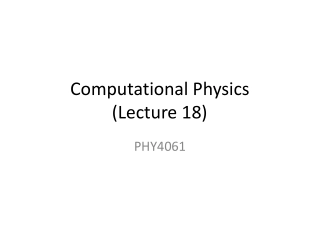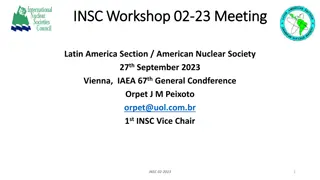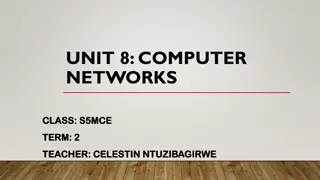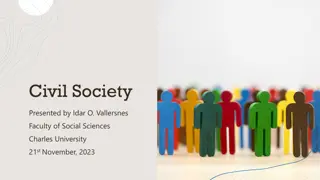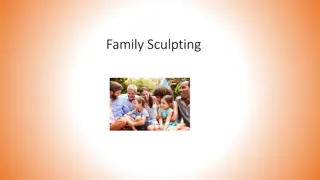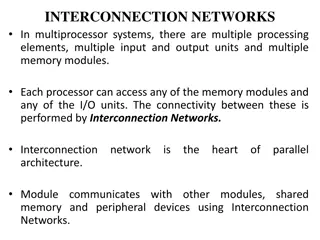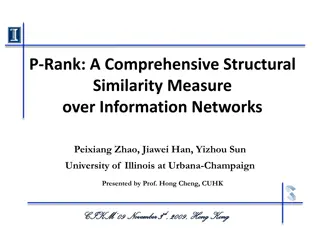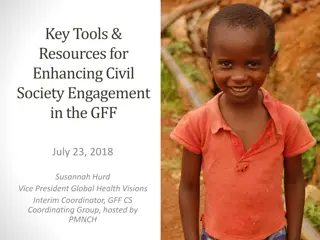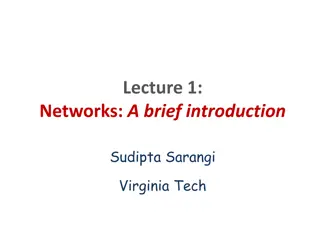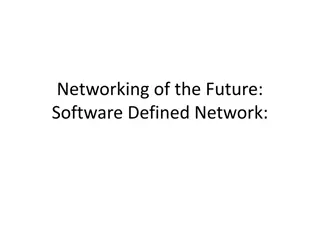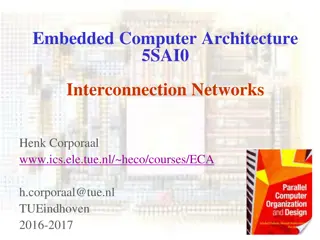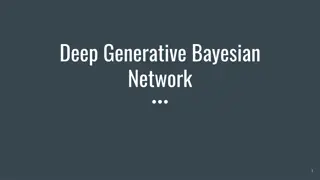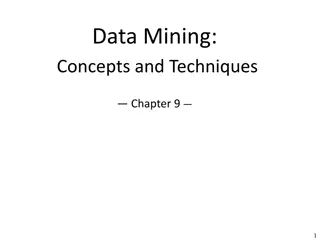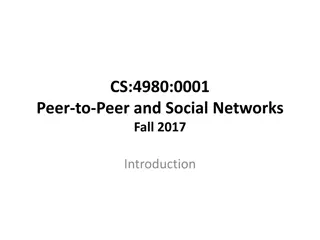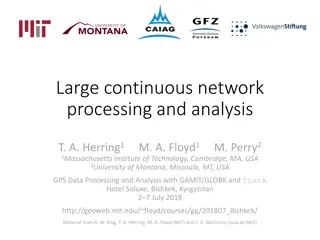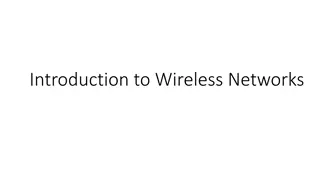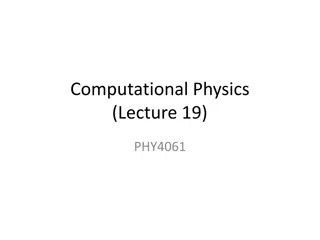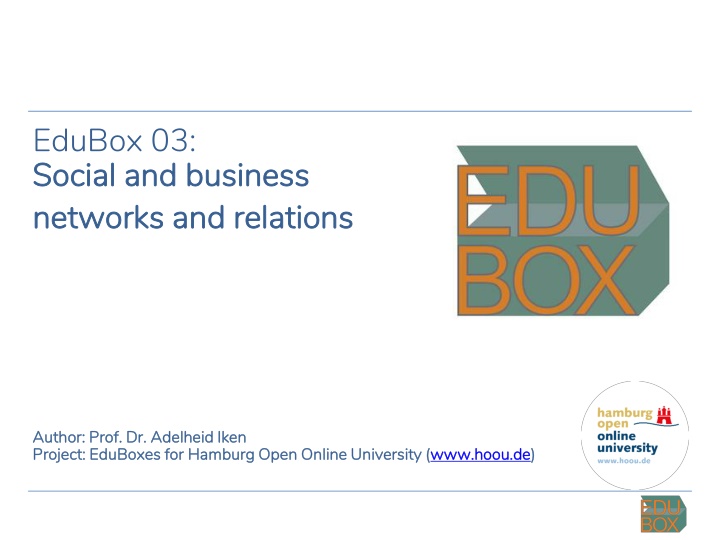
Family Networks in Society
Dive into the intricate dynamics of family networks as the cornerstone of social relations. Understand the diversity of family structures and their impacts on individual connections and societal networks.
Download Presentation

Please find below an Image/Link to download the presentation.
The content on the website is provided AS IS for your information and personal use only. It may not be sold, licensed, or shared on other websites without obtaining consent from the author. If you encounter any issues during the download, it is possible that the publisher has removed the file from their server.
You are allowed to download the files provided on this website for personal or commercial use, subject to the condition that they are used lawfully. All files are the property of their respective owners.
The content on the website is provided AS IS for your information and personal use only. It may not be sold, licensed, or shared on other websites without obtaining consent from the author.
E N D
Presentation Transcript
EduBox 03: Social and business Social and business networks and relations networks and relations Author Author: Prof. Dr. Adelheid Iken : Prof. Dr. Adelheid Iken Project: Project: EduBoxes EduBoxes for for Hamburg Open Online University ( Hamburg Open Online University (www.hoou.de www.hoou.de) )
INTRODUCTION TO EDUBOX 03 One of the features of the socio-cultural and economic changes linked to globalisation and the digitalisation of communication is that we are increasingly entangled in a web of local and global relations. We not only need to understand these webs as networks and the impact these changes have on building and maintaining personal and business relations, but also have tools available to analyse and enhance these relationships both locally and globally. Against this background, this EduBox introduces a network approach to the study of social relations and provides students with the basic principles of network analysis and net mapping. This EduBox thus enables students to make well-founded suggestions for interventions and decisions within networks, based on an appraisal of their complex structures and the relationships between the various network actors.
EduBox 03: Social and business Social and business networks and relations networks and relations Session 01: Families Families as networks networks as primary primary social social Author: Author: Prof. Project: EduBoxes for Hamburg Open Online University ( Project: EduBoxes for Hamburg Open Online University (www.hoou.de Prof. Dr. Dr. Adelheid Adelheid Iken Iken www.hoou.de) )
FAMILIES AS SOCIAL NETWORKS Introduction to Session 01 Our most profound social collective and network of which we are a member is our family, and it is within the family that we first learn to develop social relations. Family members also teach us central aspects of relationship building and the relationship we develop with family members are usually very enduring. But there is a huge variety of family structures across and within countries that we need to be aware of in order to understand the complexity and changes occurring with regard to family relations when considered from a network perspective. Using one's own family as a starting point, the aim of this session is to raise awareness and sensitise participants to the relevance of our family as a primary social network, as well as its function and linkages.
ICONS Discussion / Reflection Tasks / Assignment / Activity Learning Outcomes / Objectives Summary License Video
LEARNING OUTCOME Students identify their family as a social network with their kinship relations and functions. In doing so they come to view themselves as networked individuals.
OBJECTIVES At the end of these sessions, students will be able to explain differences and changes in family structures within Germany and across several countries, describe and analyse family functions and relations, visualise their own family as a network, and discuss the implications of family ties on social relations.
FAMILIES AS SOCIAL NETWORKS Topics Learning outcome Objectives Lead-in Family structures Nuclear, extended, and single parent families Changes in family structures Families as primary social networks Kinship and family relations My family tree Family functions Summary and reflection Home assignment Sources
LEAD-IN Think about your family, what comes into your mind, in other words what do you associate with your family? Please take a piece of paper and note down five words/terms you link to your family. You have three minutes for this.
LEAD-IN What students have noted down: They taught me a lot They Love and security Noise and stress They support my studies
LEAD-IN Watch the video sequence about family http://www.youtube.com/watch?v=SSmRuAWRbF A&feature=related (2.1.2019) and note down what people across the world say about their family and what the family means to them. Why is it important to think about the meaning somebody attaches to family in intercultural interactions? The sequence is part of the project by Yann Arthus- Bertrant and Good Planet called 6 milliards d autres http://www.yannarthusbertrand.org/en/exhibitions/7- billion-others-perso (21.8.2018)
LEAD-IN What people in the film mentioned: A place where you can rest First try to learn to love They Family to help them Everything you may have
LEAD-IN Watch this 10-minute YouTube video by Easy German and write down what the people interviewed say about the meaning and function of their family https://www.youtube.com/watch?v=B3LagCVBKKc (2.1.2019)
LEAD-IN Magda is a young woman who just graduated and returned from her studies abroad. She is offered a job in a town about 15 km away from the her parents home. It is her first assignment and she is thinking about getting her own apartment and discusses the project with her family and friends. In particular her relatives are somewhat startled and astonished and find it difficult to understand why she is not going to stay with her parents. What could be some of the reasons why she wants to live on her own? Why is it difficult for her friends and relatives to understand that she wants to live on her own? How would it be with you if you were Magda? What does this have to do with family and family functions?
FAMILY STRUCTURES Nuclear, extended and single parent family A family is a social unit of two or more people who are affiliated by blood, marriage, adoption or co-residence and share a commitment towards a mutual relationship. Family structure thus refers to the composition of such a social unit.
FAMILY STRUCTURES Nuclear, extended and single parent family A nuclear family nuclear family includes the parents and their child or children. It can also consist of a same sex couple and their children. CC0 Source: pixabay
FAMILY STRUCTURES Nuclear, extended and single parent family A nuclear nuclear family family includes the parents and their child or children CC0 Source: pixabay
FAMILY STRUCTURES Nuclear, extended and single parent family An extended extended family family includes the parents, their child or children, the grandparents and in some cultures aunts, uncles and cousins. Today it can also relate to a blended or patchwork family where one or more parents bring along children from previous relationships or marriages. CC0 Source: pixabay
FAMILY STRUCTURES Nuclear, extended and single parent family A single single- -parent offspring. parent family family includes the mother or father and his or her CC0 Source: pixabay
FAMILY STRUCTURES Changes in family structures Way of life and population https://www.destatis.de/DE/Publikationen/Datenreport/Downloads/Datenreport2016Kap2.pdf?__blob=publicationFile, Couples (Married couples, unmarried couples and same sex unions) Single parents Singles (living on their own or sharing) Source: own figure, based on: p.44
FAMILY STRUCTURES Changes in family structures Between 1995 and 2015, the number of extended families (three or more generational households) in Germany has decreased by 40,5% In 0,5% of all households three or more generations live and work together. Two-generational hpuseholds (parents or parent and child/children) make up nearly a third (26,9%) of all households today. (Source: https://www.destatis.de/DE/PresseService/Presse/Pressemitteilunge n/2016/07/PD16_263_122.html) (1.1.2019) What could be some of the reasons?
FAMILY STRUCTURES Changes in family structures Open the latest report of the world family map, e.g. https://worldfamilymap.ifstudies.org/2017/files/WF M-2017-FullReport.pdf Choose two or more countries and compare the available information with regard to household and family structures and functions. Can you detect some general trends with regard to family situations across the world? And if yes, which ones are they?
FAMILIES AS NETWORKS Kinship and family relations Kinship relates to the web of social relationships that form an important part of our lives is a structured way of looking at the relationships between individuals who are commonly thought of as having family ties may and often does serve as a strong bond for the development and maintenance of social groups such as the family
FAMILIES AS NETWORKS Kinship and family relations Visualising kinship relations A circle Female A triangle Male Marriage relationship (Crossed out in case of divorce) An equal sign Parent-child relationship A vertical line A horizontal line Sibling relationship Source: Peoples, James & Garrick Bailey 1991:190
FAMILIES AS NETWORKS Kinship and family relations Relationships are traced through a central individual labeled EGO. These various elements are joined to produce a kinship diagram as follows: Marriage Ego
FAMILIES AS NETWORKS Kinship and family relations Mother s Sister Father s Brother Father s Sister Mother s Brother Father Mother Mother s Brother s Children Mother s Sister s Children Sister Father s Brother s Children Father s Sister s Children Brother Ego Brother s Children Sister s Children
FAMILIES AS NETWORKS Kinship and family relations Based on the work of Fernando Herrera and the idea of Ludger Pries 2002
FAMILIES AS NETWORKS Kinship and family relations Transnational families are a new family model and relate to families whose members are geographically dispersed between two or more nation states and live some or most of the time separated from each other, yet have maintained close ties and stick together, creating something akin to collective welfare and unity even across national borders. Digital communication plays an important role in maintaining such family links (cf. Coface 2012:4)
FAMILIES AS NETWORKS My family tree Activity 1: Take an A3 piece of paper. Draw the symbol for your own sex in the middle of the paper and name it EGO. Use this as a starting point to develop your own family tree using symbols. Wherever possible also write down the name of your relatives and the term you are using, e.g. uncle Sam. Use colours to show which countries your family members are living in. Indicate all relatives you have heard of or know. It is irrelevant whether these persons are still alive or not. You have 20 minutes for this task.
FAMILIES AS NETWORKS My family tree Activity 2: Sit with your neighbour and compare family trees and consider How many people were you able to trace? How many levels of generations can you look back? Where did you have difficulties drawing the tree and why? Who is a member of your household? Are you living on your own, with your parents, flat sharing? Is in- and outmigration a common feature of your family? If we want to understand family relations in today s world, we need to make a distinction between household and family
FAMILIES AS NETWORKS Family functions Task to be carried out individually On which occasions do you commonly meet most of your relatives? On which occasions do you meet your immediate family? Circle those you have regular contact with e.g. telephone, face-to-face, email. Note down those family members you can turn to for advice. Note down those family members you can turn to for financial assistance. In which other situations would you turn to your family? What are the expectations of your family towards you?
FAMILIES AS NETWORKS Family functions Families usually provide social security and material support, pass on social norms and values, provide orientation in life are responsible for our moral development, well-being and our welfare, at times regulate the succession of positions and offices, and generally support the maintenance of the social group and its cohesion.
SUMMARY AND REFLECTION Summary A family tree helps us to understand our system of social relations and that of others, gives us insights into how our family relations influence our day to day interactions, and is a basis for understanding more complex social relations embedded in networks.
SUMMARY AND REFLECTION Summary The family is a core social institution worldwide. Due to the mobility of people and increasing ease of interaction across large distances there are more and more people whose families span across country borders or even continents and there is a growing number of people who live in transnational families.
SUMMARY AND REFLECTION Summary Our families define who we are (our identity), where our roots are, our belongingness to a social group, whom we can rely on for assistance and whom we should help and assist in times of need.
SUMMARY AND REFLECTION Reflection Activity 3: Open the webpage of Nora Bibel and choose five different pictures from her project Family comes first https://www.nora-bibel.de/projects/family-comes-first- 2/nggallery/image/06-12-_prathap_cf122938/ (2.1.2019) What differences in family structures can be observed? What influence are different family structures likely to have on e.g. decision making, availability of resources and social roles and functions Why is it important to know about these differences within a country?
SUMMARY AND REFLECTION Reflection What are the central differences in family structures and which global patterns emerge? Why is it important to keep in mind that changes in structure do not necessarily correspond with changes in family roles, functions and bonds? What are central differences with regard to the functions and the social links of families across the globe? Why is it important to know about these differences? What did you learn about your own family?
HOME ASSIGNMENT Read the working paper by Prof. Dr. Adelheid Iken and Dr. Peter Witchalls on Families and social relations in the context of changing family structures and in writing answer the following questions: What are major changes with regard to family structures? How are these changes reflected in family orientations? How can the study of family structures and relations help us to understand behavioural differences?
HOME ASSIGNMENT Check your knowledge with regard to family and carry out the drag and drop task with regard to Brangelina s family tree Look at her family tree and discuss in which apects her family tree is complex (for example heritage and identity)? Which ethnic identity do you think Angelina Jolie identifies with? Is she US-American, American- German, Quarter German? How is it with you? Note: See the Note: See the Brangelina s https://blogs.hoou.de/eduboxes/ https://blogs.hoou.de/eduboxes/eduboxes Brangelina s family tree task on the next slide or on family tree task on the next slide or on eduboxes/edubox /edubox- -03/session 03/session- -01/ 01/
HOME ASSIGNMENT See the the drag and drop task online: https://blogs.hoou.de/eduboxes/eduboxes/edubox-03/session-01/
SOURCES Bibel, Nora 2017. Family Comes First. Berlin: The Green Box Coface (Confederation of Family Organisations in the European Union) 2012. Transnational families and the impact of economic migration on families. Brussels Haralambos, Michael, Martin Holbron & Robin Heald. 2000. Sociology: Themes and perspectives. London: Collins OECD 2011. Doing better for families. http://www.oecd.org/els/soc/47701118.pdf (22.2.2017) Peoples, James & Garrick Bailey 1991. Humanity An Introduction to Cultural Anthropology. New York et al. West Publishing Company The World Family Map 2017. Mapping Family Change and Child Well-Being Outcomes. https://worldfamilymap.ifstudies.org/2017/files/WFM-2017-FullReport.pdf (22.8.2018) Except where otherwise noted, content in this presentation / on this site is licensed under a Creative Commons Attribution Share Alike 4.0 International license.

